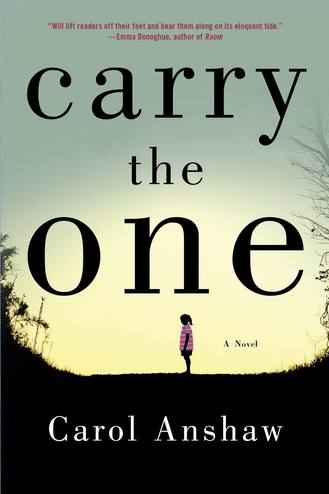Ellen Gilmore Reference Librarian
Carry the One by Carol Anshaw

What happens when, in a split second, life as you know it is altered irrevocably by a tragic event? How do you find a way to slot the painful memory into some sort of mental cubbyhole that will allow you to carry on and move forward with your life? Carry the One opens in 1983 with a wedding in which the main characters in the novel consume many intoxicating substances over the course of a long evening, and then climb into a car to head home. The drugged driver hits and kills a 10-year-old girl who suddenly appears on the darkened road. The driver and her passengers, as well as the guilt-ridden bride and groom who were not in the car, spend the next 25 years grappling with the consequences of their negligence. This novel is not about mushy feel-good transformation and redemption. As one critic put it, “These characters are no wiser for having endured the accident. They don’t transcend the past so much as wish they could erase it. There is no such thing as relief”.
Carol Anshaw’s writing is eloquent as well as humorous, and is a major part of the book’s enjoyment. When Carmon, the now-divorced bride, takes a night course on Proust and meets a man she initially rejects, “she knew she signed up for the class mostly to meet someone, but that someone was not Rob. That someone was Ralph Fiennes. The social road ahead looked like a bleak highway, post-apocalyptic, overblown with dust, gray and lifeless except for mutants popping up here and there”. Nick, Carmon’s brother and one of the car’s passengers the night of the accident, is a gifted astronomer who atones for the tragedy with annual visits to the dead girl’s mother but who also succumbs to the pull of drugs and alcohol. Perhaps the most compelling narrative in this book is the vivid description of the power of addiction and Nick’s inability to stay sober despite the promise of a brilliant career. When sober he “immediately heard the sandstorm inside himself”, while “drugs have mass and density. Thick and delicious, they fill every crevice inside you. They offer absolute comfort and well-being. In reverse, their absence leaves you empty and arid”. Carol Anshaw’s characters are sympathetic and engaging and so well drawn that you are sorry to leave them when the book is finished.